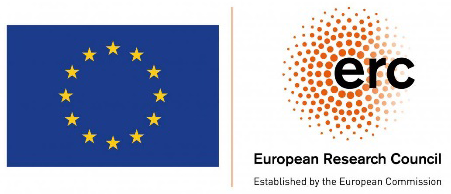
Another publication of GEoREST team "Two-Phase Flow Mechanisms Controlling CO₂ Intrusion into Shaly Caprock" by Iman Rahimzadeh Kivi, Roman Makhnenko and Víctor Vilarrasa:
Abstract
Geologic carbon storage in deep saline aquifers has emerged as a promising technique to mitigate climate change. CO₂ is buoyant at the storage conditions and tends to float over the resident brine jeopardizing long-term containment goals. Therefore, the caprock sealing capacity is of great importance and requires detailed assessment. We perform supercritical CO₂ injection experiments on shaly caprock samples (intact caprock and fault zone) under representative subsurface conditions. We numerically simulate the experiments, satisfactorily reproducing the observed evolution trends. Simulation results highlight the dynamics of CO₂ flow through the specimens with implications to CO₂ leakage risk assessment in field practices. The large injection-induced overpressure drives CO₂ in free phase into the caprock specimens. However, the relative permeability increase following the drainage path is insufficient to provoke an effective advancement of the free-phase CO₂. As a result, the bulk CO₂ front becomes almost immobile. This implies that the caprock sealing capacity is unlikely to be compromised by a rapid capillary breakthrough and the injected CO₂ does not penetrate deep into the caprock. In the long term, the intrinsically slow molecular diffusion appears to dominate the migration of CO₂ dissolved into brine. Nonetheless, the inherently tortuous nature of shaly caprock further holds back the diffusive flow, favoring safe underground storage of CO₂ over geological time scales.
![]() https://link.springer.com/article/10.1007/s11242-022-01748-w
https://link.springer.com/article/10.1007/s11242-022-01748-w

